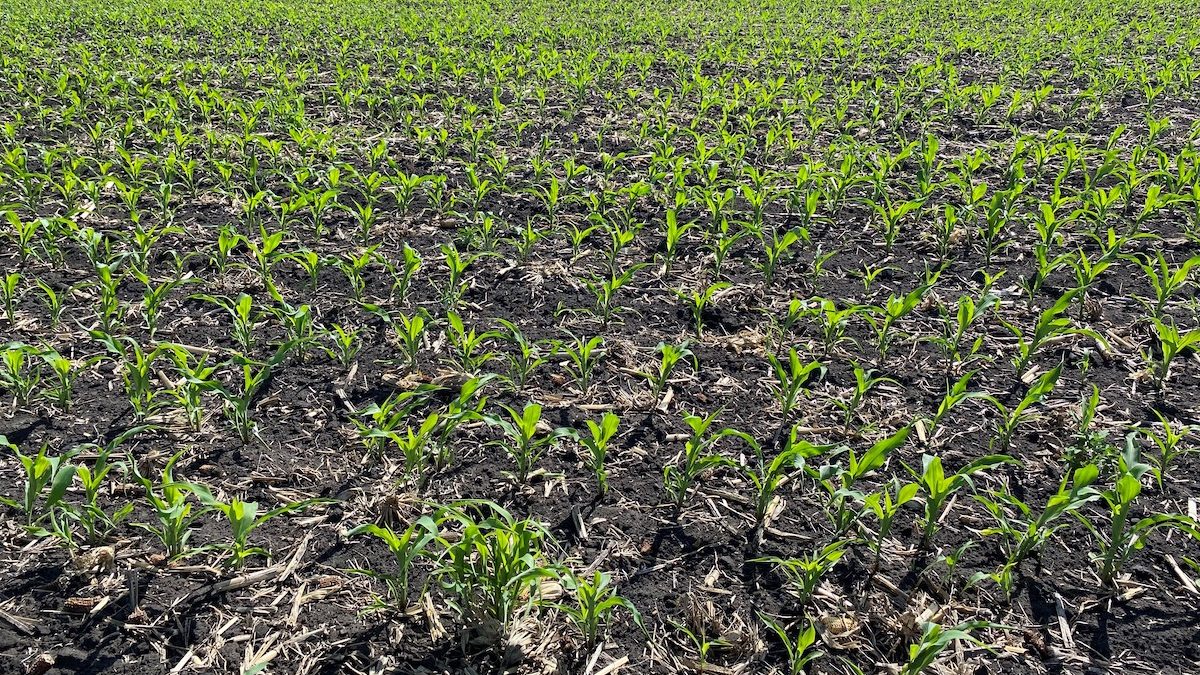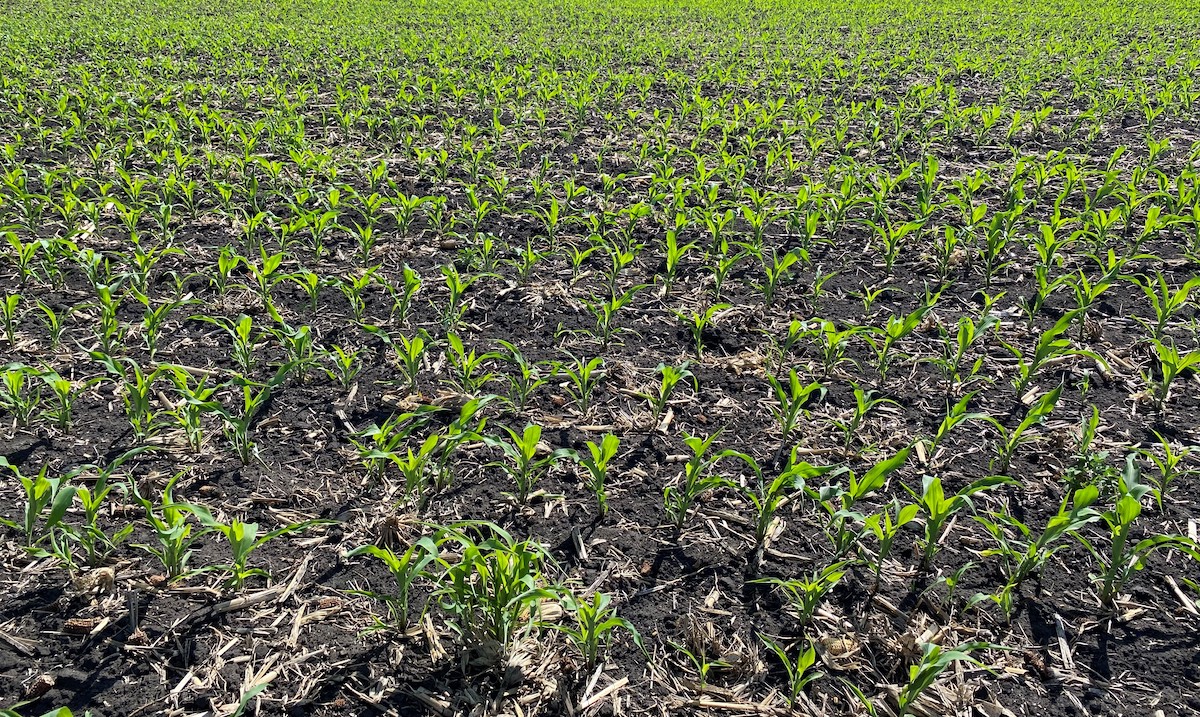Do the Double Check Down in the Dirt!

I am 25 years into this life of agronomy, and some things never change: Quality-in still equals quality-out! The very first thing I learned all those years ago when I started my agronomy career in potatoes was to dig behind every planter at least twice per day to check accuracy. The same principle holds true today.
New technology is amazing. But without a bit of ground-truthing, we are losing unnecessary yield simply because we are too complacent to jump out of our comfortable cabs. This error is the single most significant yield robber – and it is so easily corrected!
When I get to a grower’s field, the first thing I do is dig behind the planter to check depth and spacing. Unfortunately, I have seen some disasters in 30+ instances over the past five years!
While we can all argue whether corn should be planted at 1.5” or 2.25” and soybeans at ¾” or 1”, the fact is that ¾” corn depth is NOT acceptable. Nor is ¼” soybean depth. And both these planting depth errors are occurring daily across our region. We all need to agree that verifying planting depths behind the planter is as critical to planting as making sure we have seed in the tank or checking the oil levels in the tractor.
These photos illustrate a few of the problems I witnessed last season.


Most of this field was planted at ¾”-1” depth, and you can see the variability in emergence. Last year’s dry weather only made the stand worse. Plants were coming up for a full two weeks.
You can clearly see a few kernels lying on top of the soil. And while I realize this field is corn which has more residue, that also means we need to be digging behind the planter even more often.

So that begs the question – how often should we be checking behind the planter, and how many rows should be checked?
While I do not believe there is any one right answer, you should be checking at these critical times:
- At least once an hour the first couple of days of planting. Randomly pick a different row unit each time as a rock can get jammed or something can break, so taking a good cross-section is key.
- I like to perform a quick check after every 40 acres of planting or five times per quarter.
- At a minimum, check at breakfast, lunch, and dinner time.
- If you see inconsistencies, check 20 times per day, fewer times if results are coming back good.
- Check every new field.
- Check with every residue change. ¼” of depth last year was the difference in laying seed in dry dirt vs. ample moisture for germination.
- Check behind every lot# change, hybrid change, seed size change and every new day. Each of these changes can play a significant factor.
- DO NOT TRUST THE COMPUTER! Nothing will replace your hard work and sweat equity when planting. Ground truthing your equipment is THE most important thing you can do to ensure a good stand and, in turn, a good yield.
A variable stand (like the first photo) will result in cob inconsistency like this (below). Some of the cobs are starting to dent while others have just finished pollination. This is not acceptable!

I know farmers who have lost up to 40 bu/A with this kind of variability. That means a $400,000 hit on 2,000 acres of corn at current pricing.
My recommendations will get you out of your tractor six times a day for 10 minutes each time. That means you will be spending one hour per day digging.
What other single factor can you implement to preserve 40 bu/A with only one hour of work? When so many things are out of your control, why not go whole-hog on something you can control?
So, here is my suggestion – ask everyone on your farm to dig for a few minutes during planting, including your spouse, the kids, your hired man, and your local agronomist. You will be money ahead to catch planting depth errors in time to correct them.
Go ahead – please get your fingernails and knees dirty by 8:00 am! You will be glad you did.











